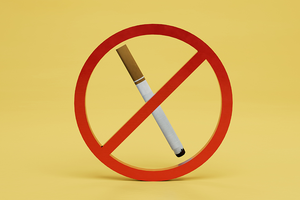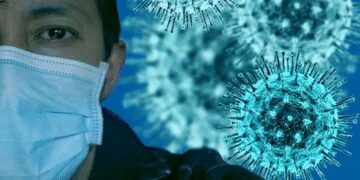Jerusalem, 13 February (IANS). A team of Israeli scientists has discovered how the structure of DNA and the chemical changes in it increase the risk of lung cancer by smoking.
According to the Xinhua News Agency, researchers at Hebrew University at Jerusalem focused on poisonous chemicals called Benjo (A) Pyrin in cigarette smoke. When it reaches the body, it interrupts its normal functioning by joining DNA and damages the cells.
This study was published in the Nucleic Acids Research magazine and found that the structure of DNA and the chemical changes in it decide how serious the damage caused by smoking, how well the body will be able to repair that loss and how much Mutations will arise.
Research showed that parts of DNA, which are more open and active, are more sensitive to loss, but they can also fix themselves better, making them less mutation over time. At the same time, parts which are weak in repair can deposit more mutations, which increases the risk of cancer.
Researchers also found that some proteins, which control gene activity, sometimes protect DNA from damage, but in some situations they can make it more sensitive.
Scientists say that the body’s ability to repair DNA plays a more important role in deciding whether there will be mutation or not, rather than that only the amount of damage is important. This study helps in understanding how smoking causes lung cancer by damaging DNA and generating mutations. This can help to improve cancer prevention and treatment strategies in future.
According to the World Health Organization, tobacco is consumed by 25% of the total deaths due to cancer worldwide. It is also the main cause of lung cancer. It remains a serious public health problem in the region, where estimated 18.6 million people (ie 26%of adult population) are using tobacco.
Smokers are 22 times higher than smokers, not the risk of lung cancer.
-IANS
AS/






